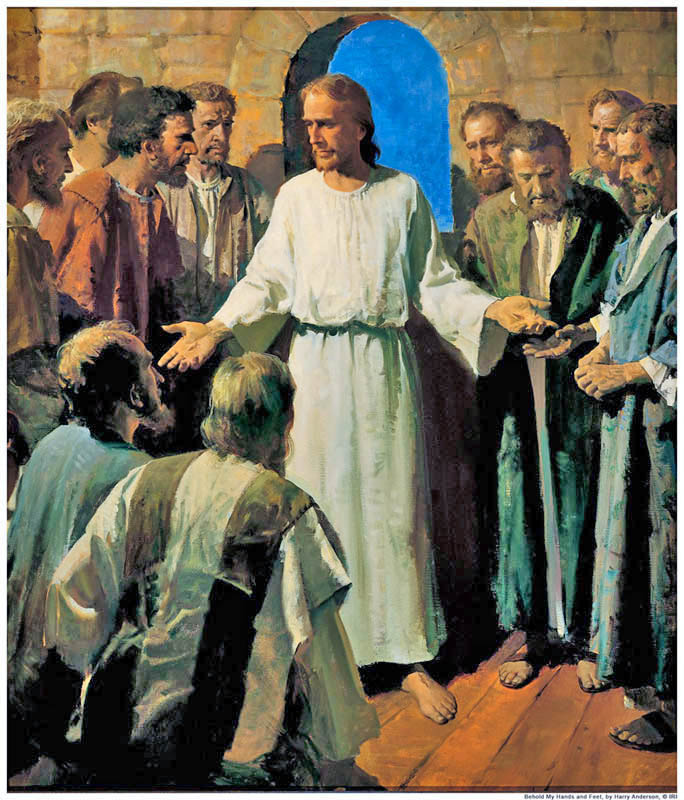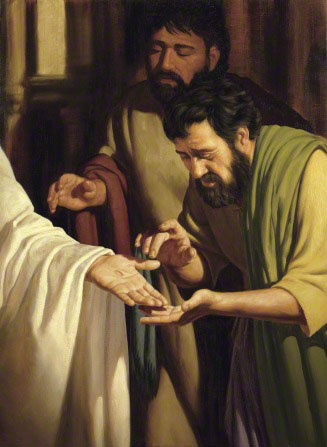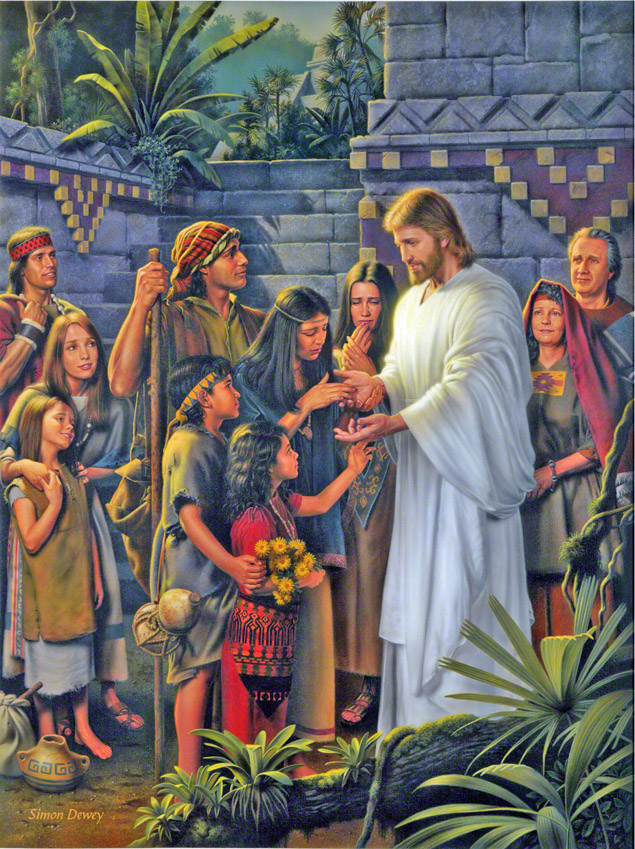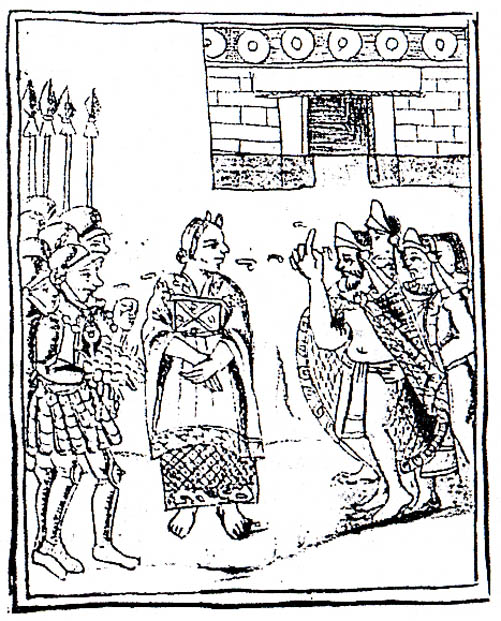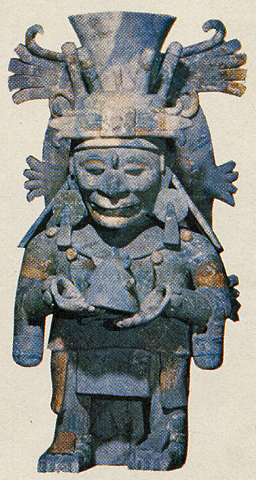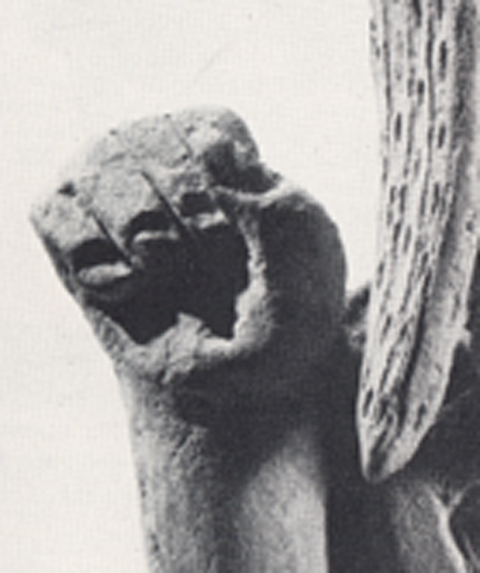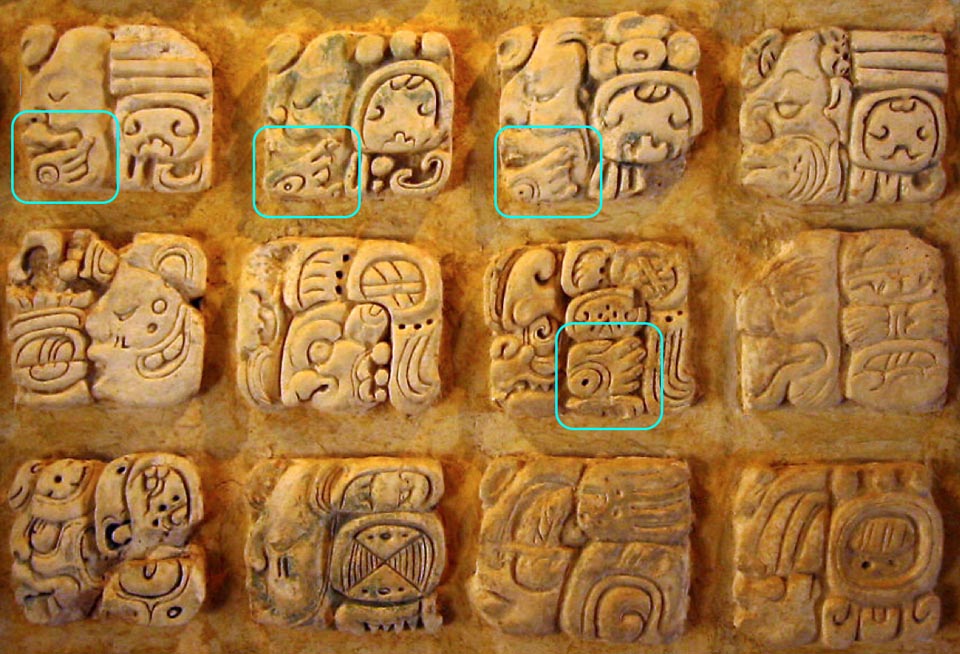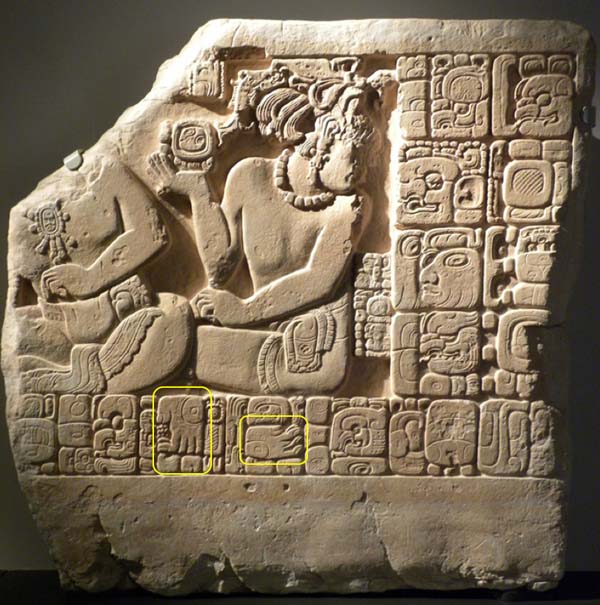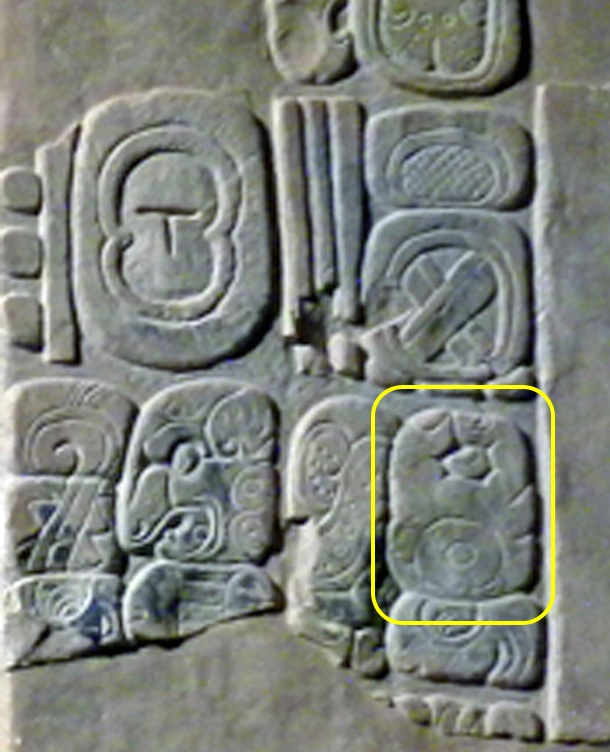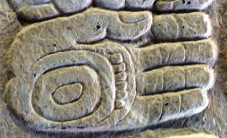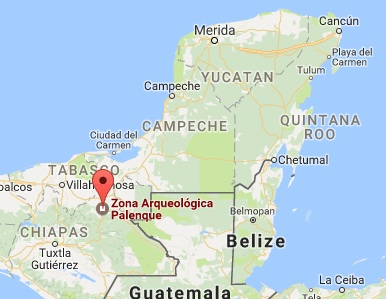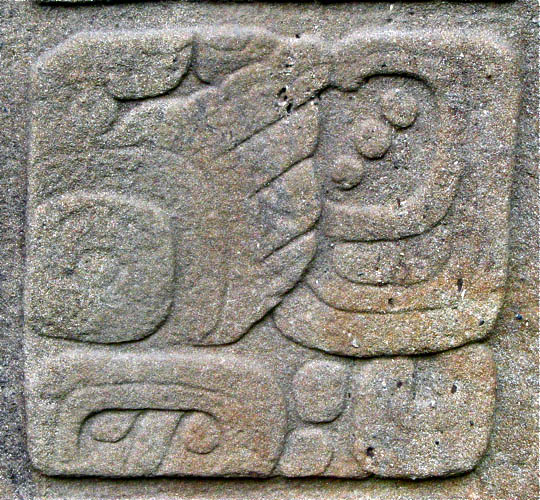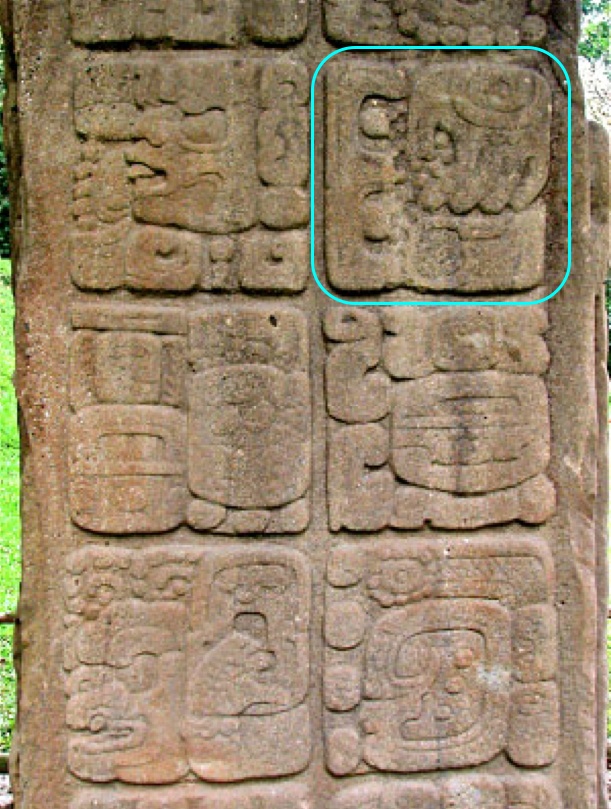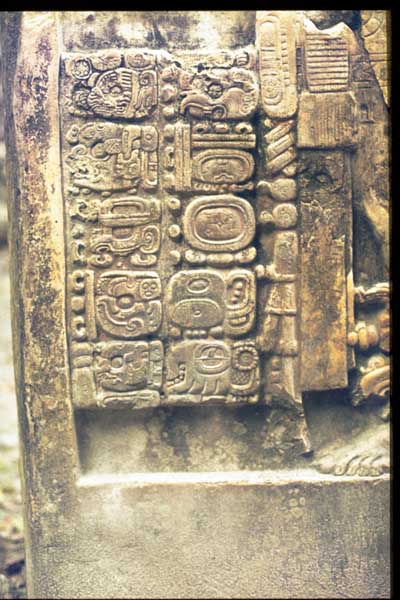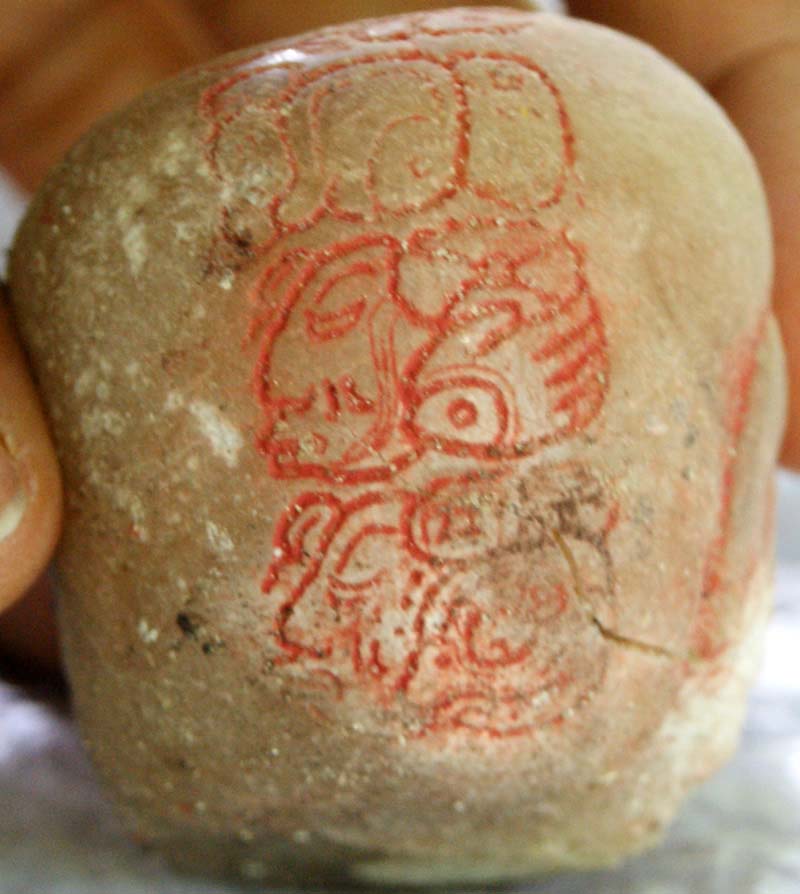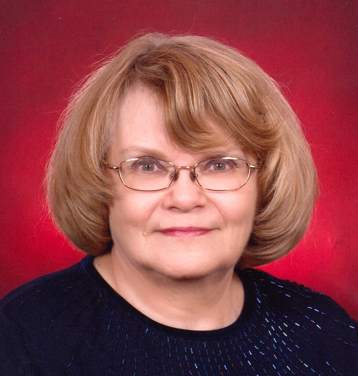The Prints of the Nails in Jesus Christ's Hands
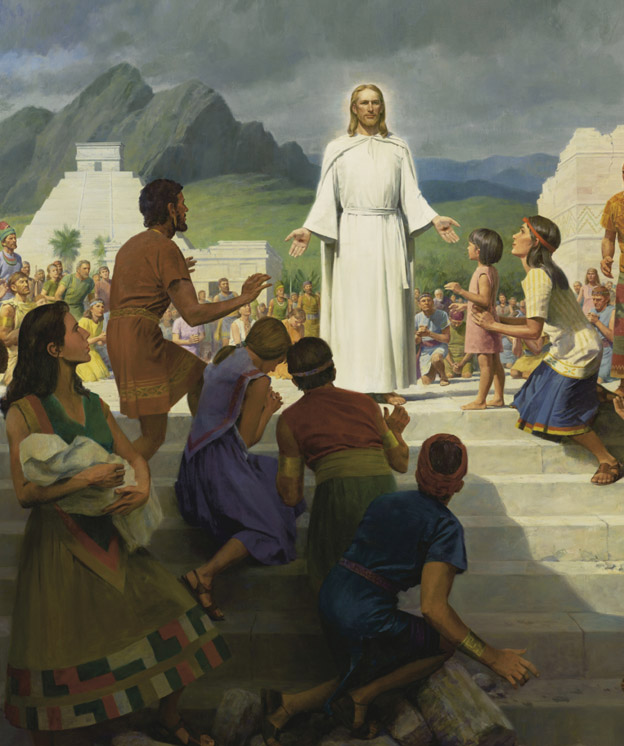
<< "...Come forth... that ye may feel the prints of the nails in my hands and in my feet, that ye may know that I am the God of Israel, and the God of the whole earth..." (3 Nephi 11:14-15) 34 AD Western Hemisphere
------------------------------
The Bible testifies that the Savior after his resurrection retained the holes in the palms of his hands. The holes in his hands were a witness to those whom he visited, that it was he himself, Jesus Christ, the Savior of the world. He also came to a group of people who lived in the Western Hemisphere and also showed them his hands with the prints of the nails in his hands and in his feet.
------------------------------
<< Jesus Christ showing the prints of the nails in his hands to the apostles at Jerusalem.
"...Jesus... shewed unto them his hands and his side. Then were the disciples glad, when they saw the Lord." (John 20:19-20) 34 AD Jerusalem
<< Jesus Christ showing the prints of the nails in his hands to Thomas.
© By Intellectual Reserve, Inc
"Then saith he to Thomas, Reach hither thy finger, and behold my hands; and reach hither thy hand, and thrust it into my side: and be not faithless, but believing." (John 20:24-27) 34 AD Jerusalem
-----------------------
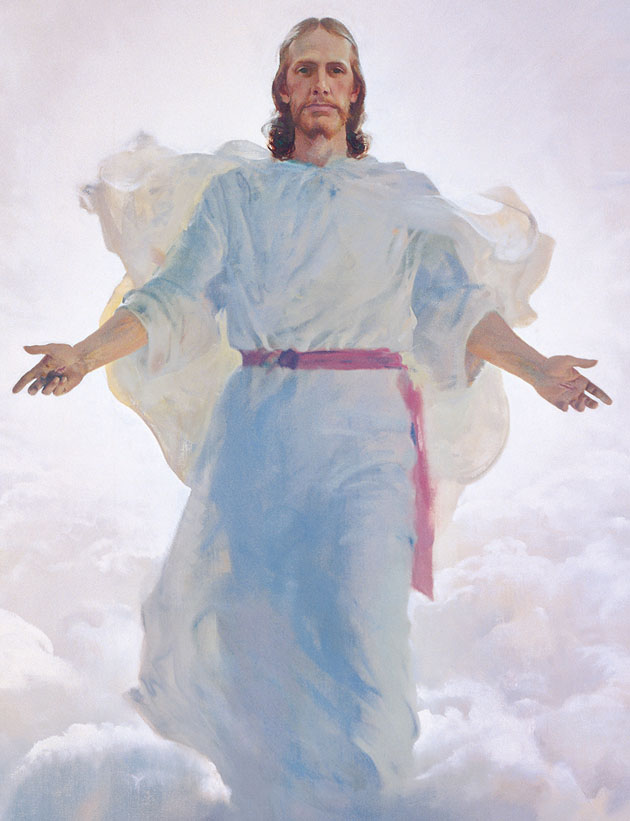 << Jesus Christ Second Coming. © By Intellectual Reserve, Inc.
<< Jesus Christ Second Coming. © By Intellectual Reserve, Inc.
The coming of the Savior to the earth again is referred to as the second coming.
At this second coming event, Jesus Christ will come again and show the wounds or marks left in his hands from the nails that were driven into his hands in the house of his friends, the Jews.
"And one shall say unto him, What are these wounds in thine hands? Then he shall answer, Those with which I was wounded in the house of my friends." (Zechariah 13:6)
------------------------------------------------------------------------------------------------
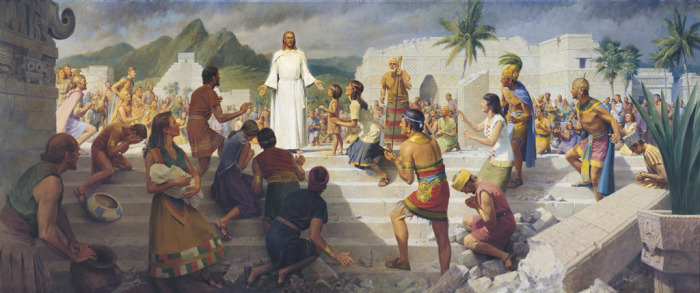 << Jesus Christ Visits the Americas
<< Jesus Christ Visits the Americas
After Jesus Christ's resurrection, came to the Nephites and showed them the prints of the nails in his hands.
© By Intellectual Reserve, Inc. By John Scott
“And now it came to pass that there were a great multitude gathered together...and they saw a Man descending out of heaven; and he was clothed in a white robe; and he came down and stood in the midst of them... And it came to pass that he stretched forth his hand and spake unto the people, saying: Behold, I am Jesus Christ, whom the prophets testified shall come into the world. And behold, I am the light and the life of the world; and I have drunk out of that bitter cup which the Father hath given me, and have glorified the Father in taking upon me the sins of the world..."
"And it came to pass that the Lord spake unto them saying: Arise and come forth unto me...that ye may feel the prints of the nails in my hands and in my feet, that ye may know that I am the God of Israel, and the God of the whole earth...." (3 Nephi 11:14) 34 AD
<< The resurrected Jesus Christ showing his hands to the Book of Mormon people. © By Intellectual Reserve, Inc.
"And it came to pass that the multitude went forth, and thrust their hands into his side, and did feel the prints of the nails in his hands and in his feet...and did see with their eyes and did feel with their hands....” (3 Nephi 11:15) 34 AD Western Hemisphere
[The word prints, as used in this manner, is defined in the dictionary to mean a mark on a surface or in a soft substance by pressing something onto it.]
---------------------------
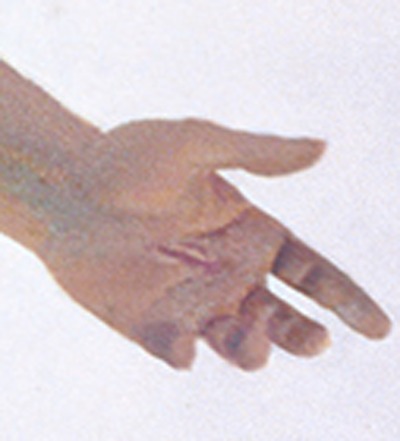 << Jesus Christ's hand, by Harry Anderson, ©Intellectual Reserve, Inc.
<< Jesus Christ's hand, by Harry Anderson, ©Intellectual Reserve, Inc.
The prophet Nephi records as stated in the Book of Mormon, that the Savior Jesus Christ visited these Book of Mormon people more than once. When the resurrected Savior came the first time there was "about two thousand five hundred souls" who were there in that location “around about the temple” and witnessed his coming. (3 Nephi 11:1) & (3 Nephi 17:25) 34 AD
--------------------------------------------------------------------
When the Spanish conquistadors and representatives from the Catholic Church like the Catholic Bishop of Yucatán, Diego de Landa first came to Mesoamerica. They discovered many statues, books, ancient records and carvings of the Aztecs and Maya people. Many of these statues and carvings were of the God the Aztecs called Quetzalcoatl. Between the Spanish conquistadors and Diego de Landa they destroyed all of the statutes that they could find. In 1562 A.D. Diego de Landa was responsible for the destruction and burning of approximately "5,000 Maya cult images" and hundreds of books. (Incidents of Travel)
The statues shown on this web page are some they missed.
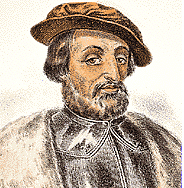
<< Cortés on the left, Doña Marina, translating in the middle, Montezuma II on the right, (Florentine Codex)
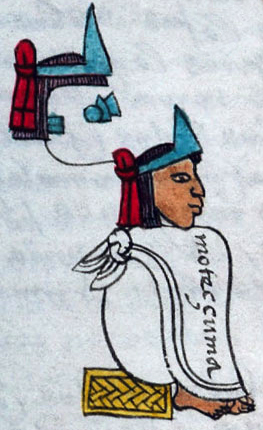 << Montezuma II, from the Codex Mendoza
<< Montezuma II, from the Codex Mendoza
Montezuma II, had knowledge of the God who had visited their ancient ancestors. The Aztecs called this God Quetzalcoatl. Quetzalcoatl visited the people in Mesoamerica and the Aztecs knew that he would return someday to rule and reign and bring peace and happiness to the land.
This knowledge and information were recorded in some of the books that they possessed and was passed on down from generation to generation. Therefore, when Cortez greeted Montezuma, Montezuma made the mistake and thought that Cortez was the long awaited for God Quetzalcoatl. Thus, Montezuma as recorded in the Florentine Codex made a welcoming statement to Cortez.
Montezuma's statement was as follows:
“O our Lord,” [Quetzalcoatl] “… you have come to sit on your throne…for some time my heart has been looking [for your return] in the direction... from within the clouds.” “… the kings who are gone said that you would come to rule…and assume your throne…” (We People here: Nahuatl Accounts of the Conquest of Mexico p. 117 Book 12, Florentine Codex)
-----------------------------------------------------------------
The Aztecs also were waiting for the return of the God they then called Quetzalcoatl. Even though a pure understanding of this event did not remain in 1519 AD the Aztecs previous rulers or kings knew about this future event and they also had books that stated that such an event would take place.
Book of Mormon scriptures refers to this event as follows:
"And the time cometh speedily that the righteous must be led up as calves of the stall, and the Holy One of Israel must reign in dominion, and might, and power, and great glory." (1 Nephi 22:24)
The Maya people called this god Itzamná or Kukulcan and the Peruvians called this god Viracocha. The interesting thing about this descending God who had visited the Mesoamericans early ancestors is that this God had wounds or holes in the palms of his hands.
-----------------------------------------------------------------
<< According to National Geographic Society, this is a pre-Columbus statue/incense burner, of the God Quetzalcoatl, also referred to as Itzamna God, found at Mayapan, Yucatan Peninsula. ("The Mysterious Maya" National Geographic Society, 1977, p.97, Height: 24 inches)
<< Note: Quetzalcoatl has holes in the palms of his hands.
----------------------
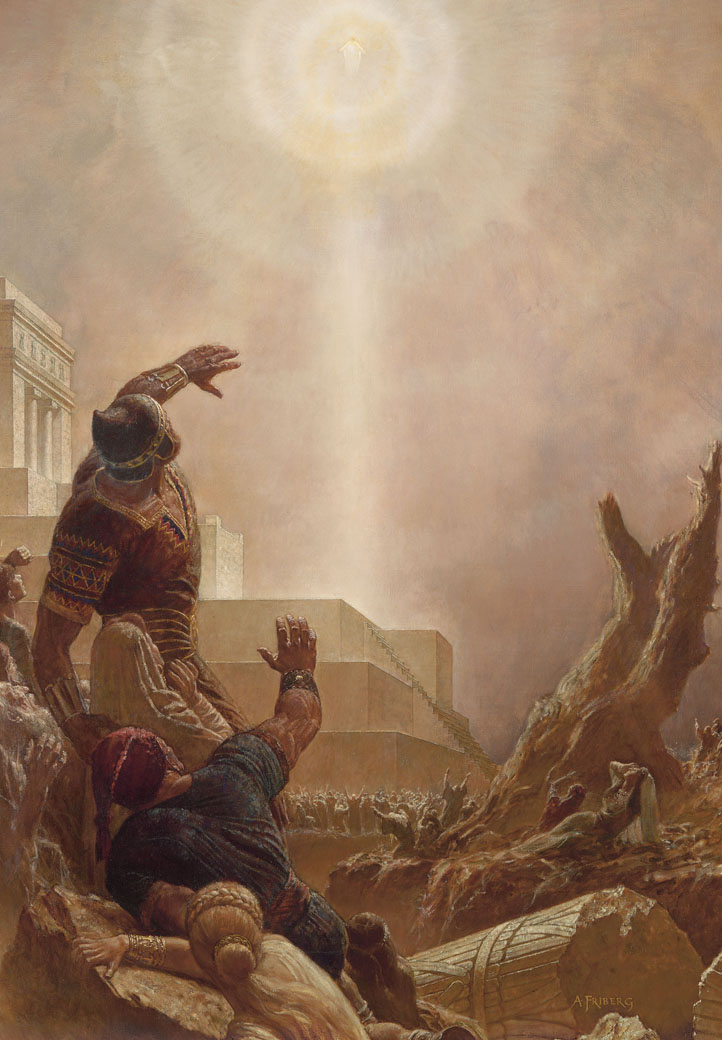 << Jesus Christ descending out of heaven to the Book of Mormon people in Mesoamerica. © By Intellectual Reserve, Inc.
<< Jesus Christ descending out of heaven to the Book of Mormon people in Mesoamerica. © By Intellectual Reserve, Inc.
"And it came to pass... they saw a Man descending out of heaven; and he was clothed in a white robe; and he came down and stood in the midst of them; and the eyes of the whole multitude were turned upon him... they thought it was an angel that had appeared unto them. And it came to pass that he stretched forth his hand and spake unto the people, saying:
Behold, I am Jesus Christ, whom the prophets testified shall come into the world." (3 Nephi 11:8-10) 34 AD
---------------------------------------------------
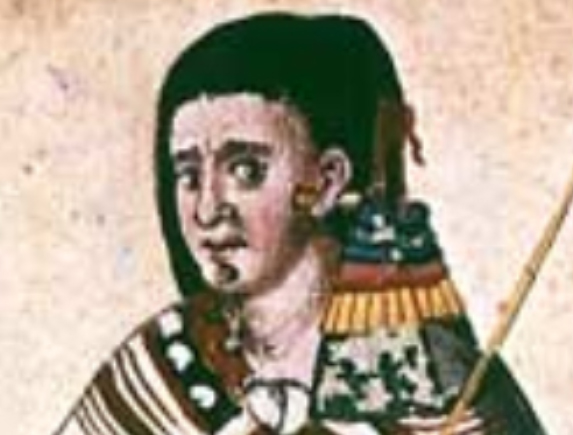 << Ixtlilxochitl, a native Aztec historian
<< Ixtlilxochitl, a native Aztec historian
Ixtlilxochitl recorded the following:
"Of a truth I have the ancient history's in my hand, and I know the language of the natives, because I was raised with them, and I know all the old men and principals of the land." "I have… stated… according to what appears in their histories and paintings…"
[Note: Ixtlilxochitl had various written records that we do not have today.]
"There arrived in this land a man they called Quetzalcoatl…his countenance was white and he wore a beard. His manner of dress consisted of a long flowing robe…he was considered just, saintly, and good, teaching them by deeds and words the road to virtue. He instructed them to refrain from vices and not to sin, and he gave them laws and sane doctrine… he said that… he would return [the second coming] and then his doctrine would be accepted, and his children would be lords and heirs of the earth." (Ixtlilxochitl 'Sumaria Relacion de la Historia General,' 1625)
---------------------------------------------------
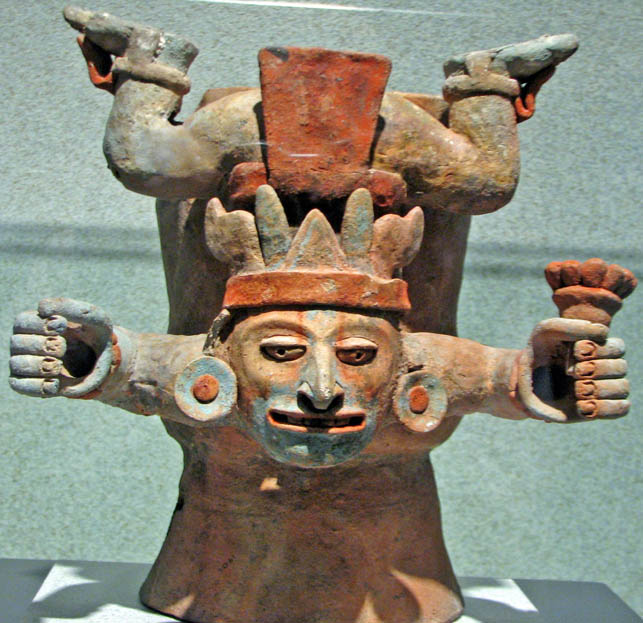 << Descending God from the Ancient City of Dzibanché, Quintana Roo, Yucatan Peninsula, Dated 300-500 A.D. This statue/incense burner is located at the National Museum, and is referred to as the Descending Maize God.
<< Descending God from the Ancient City of Dzibanché, Quintana Roo, Yucatan Peninsula, Dated 300-500 A.D. This statue/incense burner is located at the National Museum, and is referred to as the Descending Maize God.
There are at least six ways in which, this statue/incense burner, could correlate directly to a historical representation of the visit of the resurrected Jesus Christ to the Americas as recorded in the Book of Mormon.
1st. Up Side Down Feet.
This statue represents someone coming or descending out of the sky.
"...they saw a Man descending out of the midst of heaven..." (3 Nephi 11:8) 34 AD
2nd. An Incense Burner.
This descending God was reverenced and worshiped as a God by the ancient Mesoamerica people. The Incense Burner was used for a religious purpose. One of which was to offer prayers to God.
"...I am the God of Israel, and the God of the whole earth..." (3 Nephi 11:14) 34 AD
3rd. Holes.
This God has holes in the palms of his hands.
"...come forth...that ye may feel the prints of the nails in my hands..." (3 Nephi 11:14-15) 34 AD
4th. Hands Stretched Out.
This God has his hands stretched forth.
"...he stretched forth his hand...." (3 Nephi 11:9) & (3 Nephi 12:1) 34 AD
5th. The Crown.
This God is wearing a crown. A crown is a symbol of a king having authority. This crown also has flames coming up from it. This is a representation of light or the flaming brilliance of light as a flaming fire like the sun.
Note:
"...king of kings..." (Revelation 19:16)
"...we see Jesus... crowned with glory and honor..." (Hebrews 2:9)
"...behold they were white, even like Jesus." (3 Nephi 19:30) 34 AD
The Crown also has on it a carved representation of two cobs of corn/maíze. Maíze to the Mayan people was a main food staple providing life to these ancient people.
As interpreted by various archaeologist on different Maya drawings, it was a Maya believe or tradition that this Maíze God had died went to the underworld or spirit world and was later resurrected.
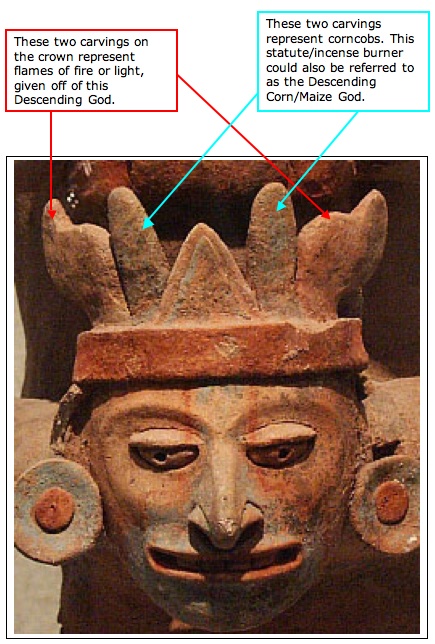
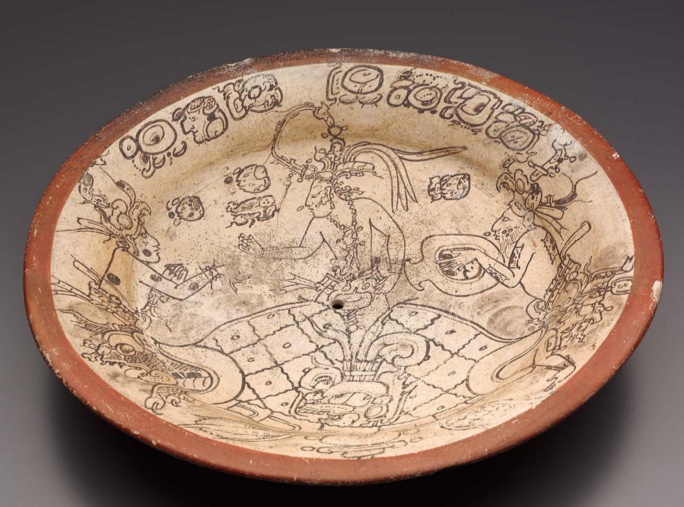 << Resurrection of the Maize God, Plate Date 680-750 AD
<< Resurrection of the Maize God, Plate Date 680-750 AD
<< "A Maya plate depicts the resurrection of Hun Nal Ye (the Maize God)..." (Diane E. Wirth, Quetzalcoatl, the Maya Maize God...", Journal of Book of Mormon Studies,)
" There is a "...myth of the Maize God being resurrected...." (Linda Schele, Code of the Kings, by and Peter Mathews, p. 158)
It was a Maya tradition that this Corn/Maíze God had died went to the underworld or spirit world, and later was resurrected.
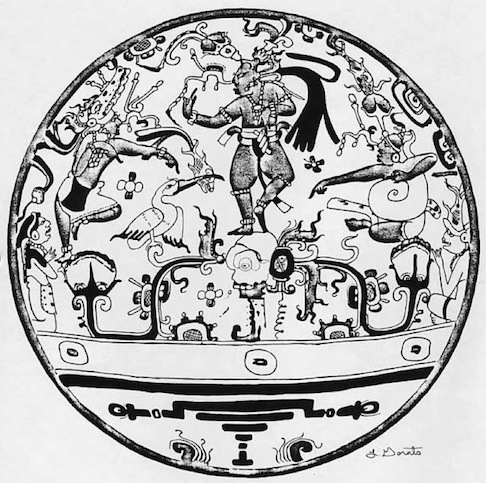 << The Maize God emergence from the Realm of the Dead.
<< The Maize God emergence from the Realm of the Dead.
This Pre-Columbus Maya drawing represents the "emergence from the Realm of the Dead. The substitution of a skull for the turtle carapace characterizes the aquatic realm as a place of the dead... as...found...in various...Maize God scenes." (Wayeb, The Tonsured Maize God, p. 10, Notes, H.E.M Braakhuis Utrecht University)
Note:
Jesus Christ after his death upon the cross, went into the Spirit world, or "Realm of the Dead". This event took place before he was resurrected.
"...Christ...went and preached unto the spirits in prison; which were sometimes disobedient..." (1 Peter 3:18-20)
"The Maize [God] is...the most powerful of all beings...the...true creator of the world and king of all those who are here in this life..." [The] "Maize God...is pictured as Itzamna, [or Quetzalcoatl]..." (Wayeb, The Tonsured Maize God, p. 1 9, & 22, Notes, H.E.M Braakhuis Utrecht University)
"The... Maize god [was] resurrected..." (Linda Schele and Peter Mathews, Code of the Kings, p. 158)
Isn’t it interesting that this Maize God who had died, went into the underworld or spirit world, was then later resurrected? These events of this God are shown in the above statute/incense burner. A resurrected God is shown now coming down out of the sky, alive, with holes in the palms of his hands.
6th. The Torch.
This descending God is holding a torch in his hand thus bringing down light to the world.
"I am the light and life of the world...." (3 Nephi 9:18) 34 AD
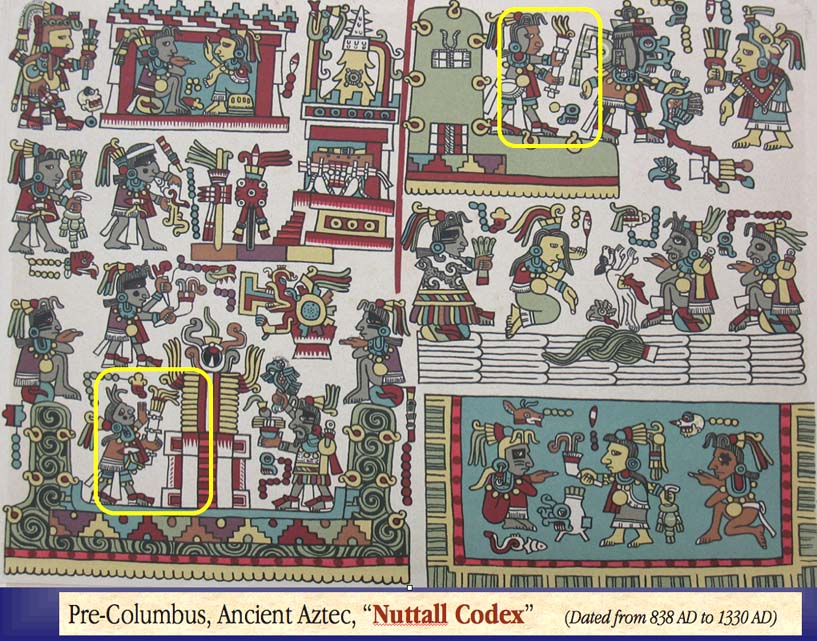 << Torches on Nuttall Codex. Note: In the Middle East the most commonly used light was the oil lamp.
<< Torches on Nuttall Codex. Note: In the Middle East the most commonly used light was the oil lamp.
In Mesoamerica they did not use oil lamps but commonly used a torch as a source of light.
---------
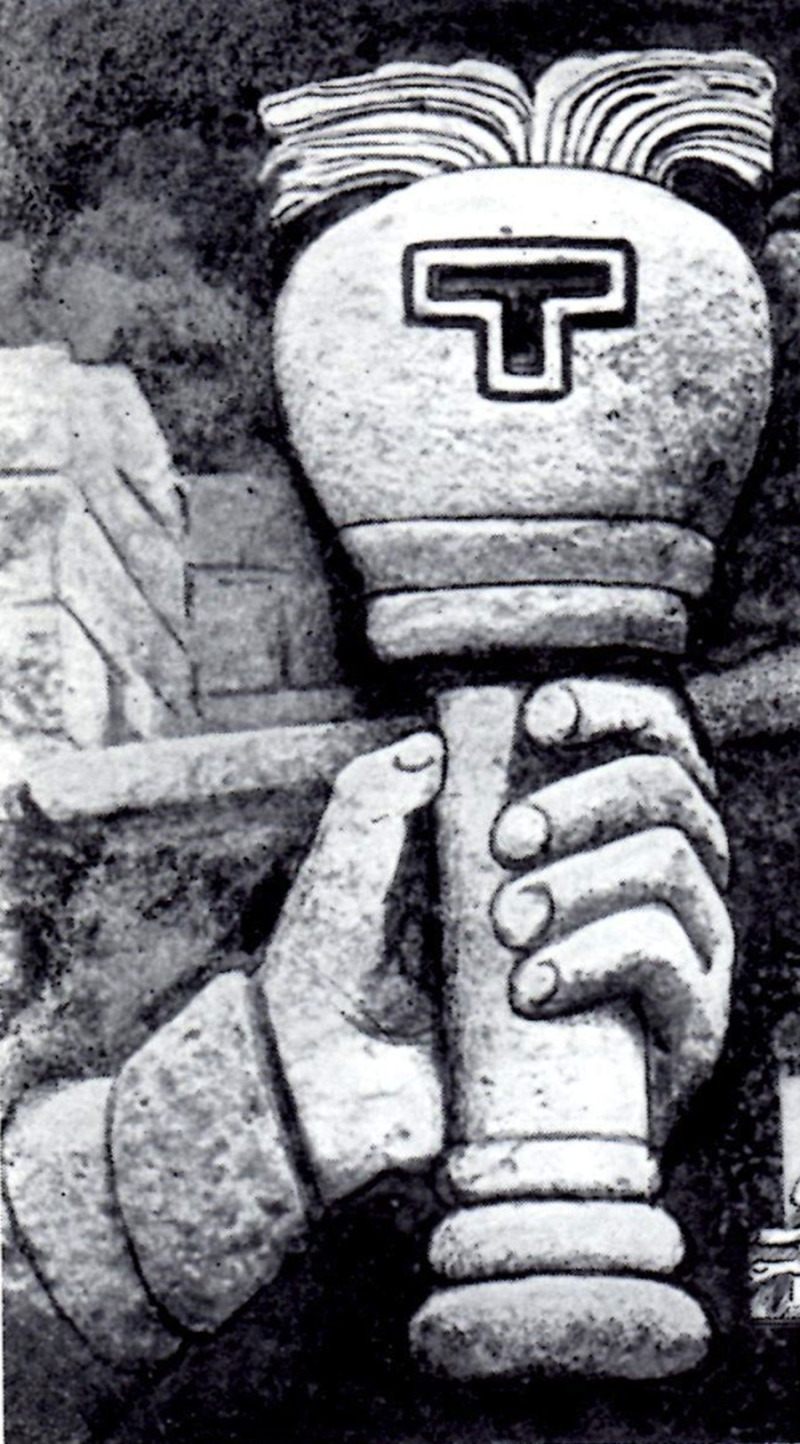 "I am the light and life of the world..." (3 Nephi 11:11) & (3 Nephi 9:18) 34 AD
"I am the light and life of the world..." (3 Nephi 11:11) & (3 Nephi 9:18) 34 AD
<< This is a drawing of a carving at Copán Honduras, of Itzamná [Quetzalcoatl] holding a torch.
<< Itzamná's Torch. A "Symbol of Life and Light"
According the archeologist Theodore Arthur Willard, this is Itzamná holding a torch that represents and is a symbol of life and light.
"In Copan is the famous stairway with its hundreds of glyphic characters. At either end of this stairway is a carved kneeling figure...holding aloft a torch bearing the symbol of Itzamná". (T. A. Willard, Kukulcan The Bearded Conqueror, p. 226)
----------------------------------------------------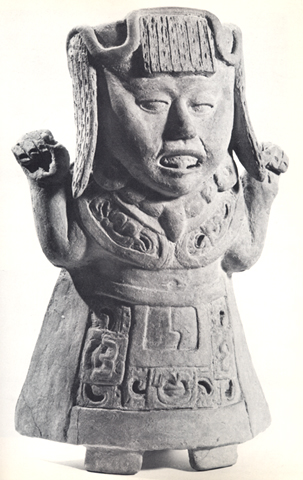 << Figurine with uplifted hands and marks in the palms of each hand. This figurine is from the private collection of Jay C. Leff, a special exhibition in the Brooklyn Museum. (Height: 12 inches. - 17.2 cm)
<< Figurine with uplifted hands and marks in the palms of each hand. This figurine is from the private collection of Jay C. Leff, a special exhibition in the Brooklyn Museum. (Height: 12 inches. - 17.2 cm)
This figurine was found at Vera Cruz Mexico, dated 250 AD to 555 AD
Note: The marks in the palms of his hands.
----------------------------------------------------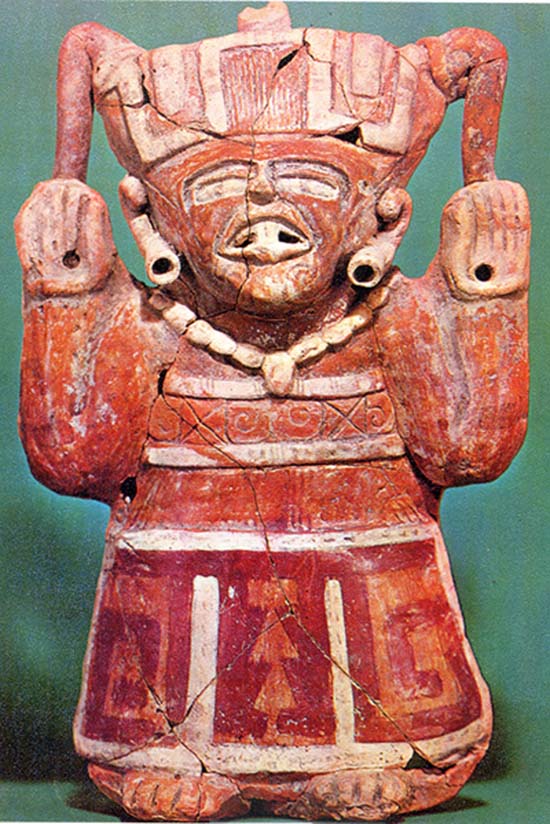 << Figurine with uplifted hands with holes in the palms of each hand. This figurine is from the private collection of Rufino Tamayo who delivered it to the State of Oaxaca, Mexico Museum of Art..
<< Figurine with uplifted hands with holes in the palms of each hand. This figurine is from the private collection of Rufino Tamayo who delivered it to the State of Oaxaca, Mexico Museum of Art..
Found at Central Vera Cruz, Mexico, Dated 700 AD to 900 AD
Note: The holes in the palms of his hands.
----------------------------------------------------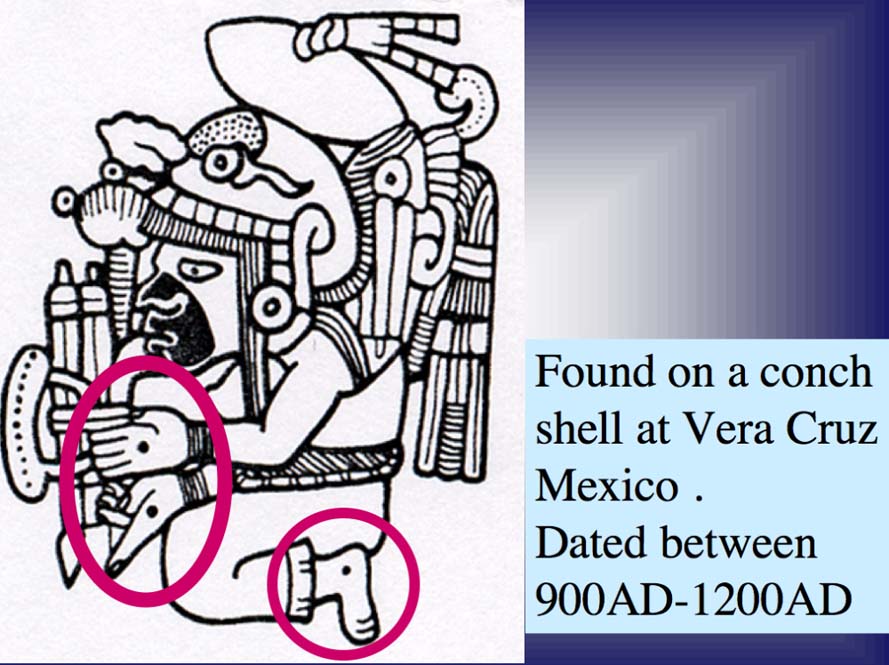 << Found on a conch sea shell at Vera Cruz, Mexico, Dated between 900 AD to 1200 AD
<< Found on a conch sea shell at Vera Cruz, Mexico, Dated between 900 AD to 1200 AD
What is interesting is that this God not only has marks on each hand but a mark also on the foot.
"...the prints of the nails in his feet..." (3 Nephi 11:15) 34 AD
"...they pierced my hands and my feet." (Psalm 22:16)
------------------------
The Spanish conquistadors, early explorers and various representatives from the Catholic Church were always looking for crosses on buildings as an indicator of some belief in Jesus Christ. They were greatly disappointed because the cross to the Aztecs meant nothing and there was only a small indication that the cross had religious meaning to other native Mesoamericans. The conquistadors did find many statues, usually of the God Quetzalcoatl, which the early explorers to Mesoamerica considered these statues to be pagan.
Most of the world today considers the God Quetzalcoatl as the feathered serpent pagan god of Mesoamerica.
The truth is that the Aztec belief in the God Quetzalcoatl, was none the less, apostate historical information about Jesus Christ and his visit to their early ancestors.
That information over time had become incomplete, fragmentized and misunderstood.
This information from their ancestors was available to the Aztecs in the many books stored in the Aztec libraries. But that information from generation to generation ended up becoming a distorted, fallen away fragmentized understanding of Jesus Christ’s visit, his teachings and his promise to return again someday.
The Aztecs knew that their religion wat not quite right and that it had fallen away from the correct teachings of the God that had come to their ancestors.
The understanding that Quetzalcoatl had come down out of the sky having the marks of the holes in his hands that the nails had given him upon the cross at Calvary was not destroyed but still remain carved in stone on many Mesoamerican buildings today.
There is seems to be hundreds of these ancient hieroglyph carvings upon Mesoamerican buildings that still remain today.
The following pictures are a few samples of "...prints of the nails..." carved in stone. (3 Nephi 11:14) 34 AD
----------------------------
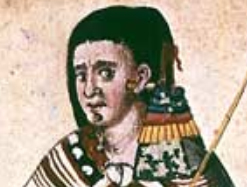 <Ixtlilxóchitl, an Aztec prince and historian
<Ixtlilxóchitl, an Aztec prince and historian
Ixtlilxóchitl recorded the following:
"Quetzalcoatl... hands were printed, or stamped... as testimony that what he prophesied would come to pass. His countenance was white…" (1600 AD Aztec Historian, Ixtlilxóchitl, information was not available until 1892.)
[Dictionary definition of printed or stamped is an indentation or mark left on a surface or soft substance by pressure, especially that of a foot or hand.]
-----------------------------------------------------------------------
Hieroglyphs, of Quetzalcoatl's, [Jesus Christ's], wounds or prints of the nails in his hands and in his wrist.
 << Maya hand hieroglyphs, representing the God Quetzalcoatl or "the God of the seventh Day” (Eric S. Thompson, )
<< Maya hand hieroglyphs, representing the God Quetzalcoatl or "the God of the seventh Day” (Eric S. Thompson, )
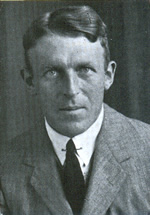 << J. Eric S. Thompson, one of the world's renowned Maya archeologists stated the following about these Maya hieroglyphs:
<< J. Eric S. Thompson, one of the world's renowned Maya archeologists stated the following about these Maya hieroglyphs:
"… it is virtually certain that the hand is the symbol of the God of the seventh day." "The hand is… associated with Itzamná…" or [Quetzalcoatlt]. (Eric S. Thompson, Maya Hieroglyphic Writings, p. 76, -- Fig.7 Hieroglyphs 38-45))
Note: [Eric Thompson was not a member of the Church of Jesus Christ of Ladder-day Saints]
Note: (Mosiah 13:18-19) About 148 BC
--------------
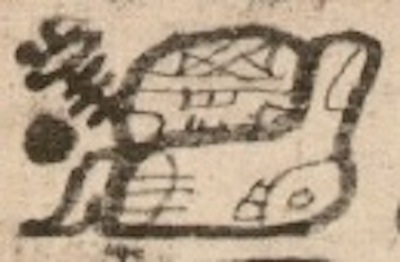 << Hand, Dresden Codex, p. 53
<< Hand, Dresden Codex, p. 53
The following four Hieroglyphs pictures were taken by Linda Schele at the pre-Columbus ancient city of Palenque, Mexico.
Linda Schele and Merle G. Robertson were experts in deciphering Maya hieroglyphics.
1. 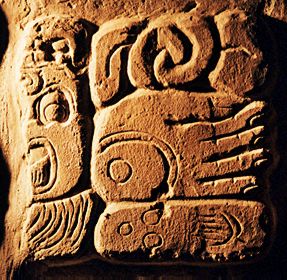 << Print of the nails hieroglyph carved in stone, Palenque, Mexico.
<< Print of the nails hieroglyph carved in stone, Palenque, Mexico.
Schele interpretation of this hieroglyph is -- "his accession" (Glyph 010)
Robertson interpretation of this hieroglyph is -- "he became the holder of the bundle"
2. 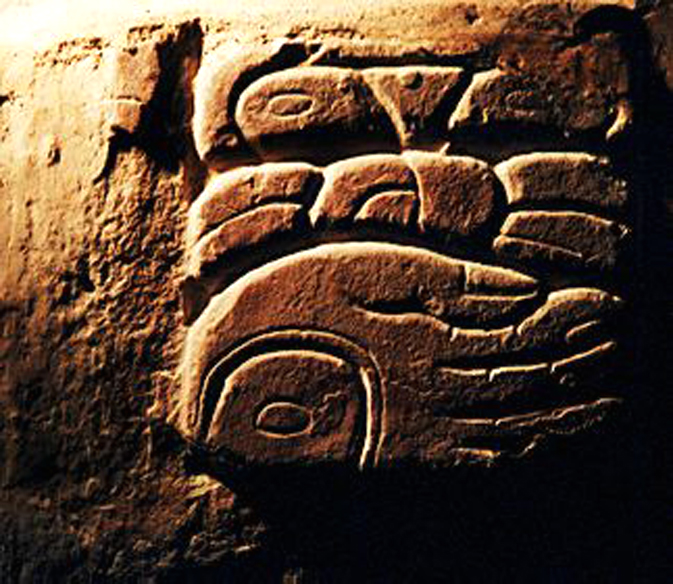 << Print of the nails hieroglyph carved in stone, Palenque, Mexico.
<< Print of the nails hieroglyph carved in stone, Palenque, Mexico.
Linda Schele interpretation of this hieroglyph is -- "his accession" (Glyph K10)
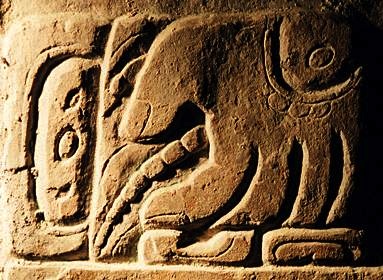 3. << Print of the nails in the palm of the hand with blood. Palenque, Mexico.
3. << Print of the nails in the palm of the hand with blood. Palenque, Mexico.
Linda Schele interpretation of this hieroglyph is -- "he scattered blood" (Glyph E19)
Note: The round drops representing drops of blood coming from the wound in the palm of his hand.
4. 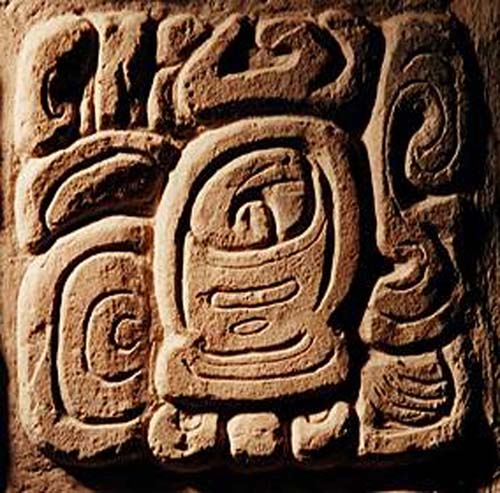 << A possible wound in the wrist of a "white...God"
<< A possible wound in the wrist of a "white...God"
Linda Schele interpretation of this hieroglyph is -- "the white deity..." (Glyph D2)
Note: The hand at the top with three holes on or by the wrist representing blood drops from possibly a wound in the wrist?
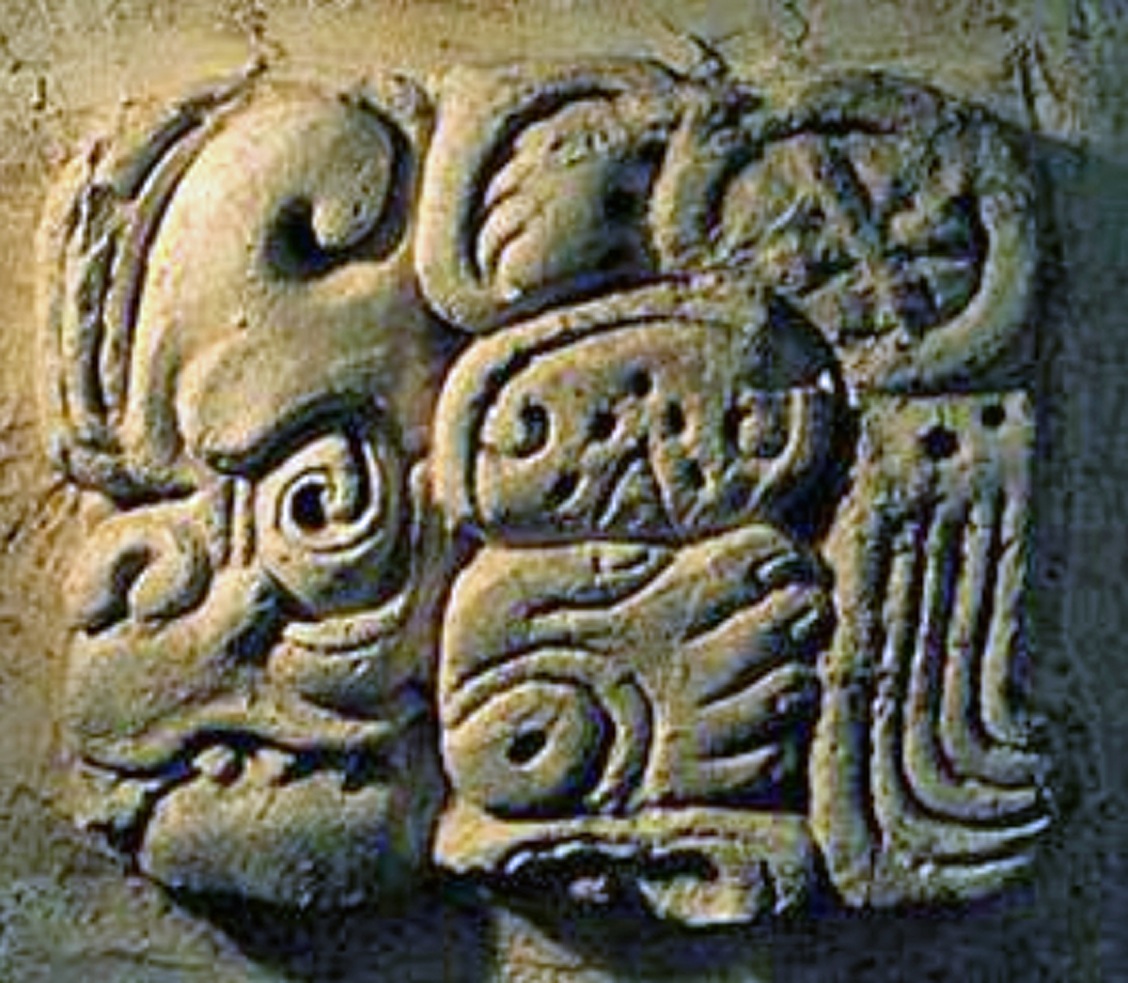 << Note the hole in the palm of the hand. Palenque, Mexico.
<< Note the hole in the palm of the hand. Palenque, Mexico.
<< Palenque, Mexico
<< Hand on Mesoamerica wall
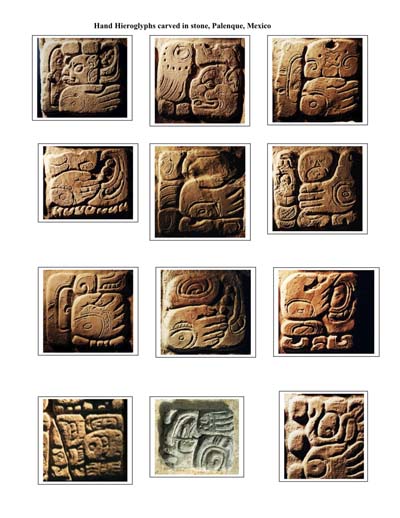 << More hand hieroglyphs from Palenque, Mexico
<< More hand hieroglyphs from Palenque, Mexico
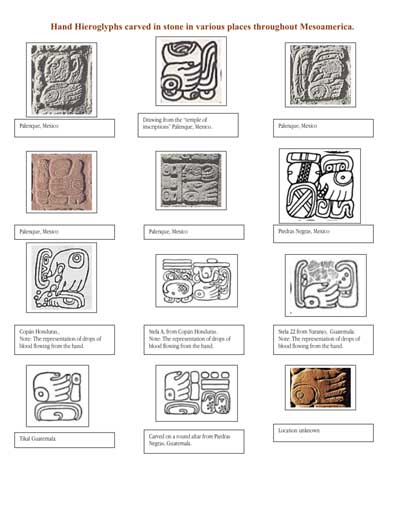 << Hand hieroglyphs carved in stone in various places throughout Mesoamerica.
<< Hand hieroglyphs carved in stone in various places throughout Mesoamerica.
<< 7.2 MB PDF
--------------------------
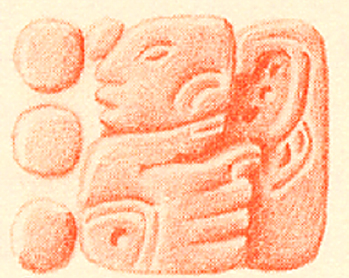 <<Hand hieroglyph with a hole in the palm of the hand from the pre-Columbus ancient city of Yaxchilán, Yucatan Peninsula.
<<Hand hieroglyph with a hole in the palm of the hand from the pre-Columbus ancient city of Yaxchilán, Yucatan Peninsula.
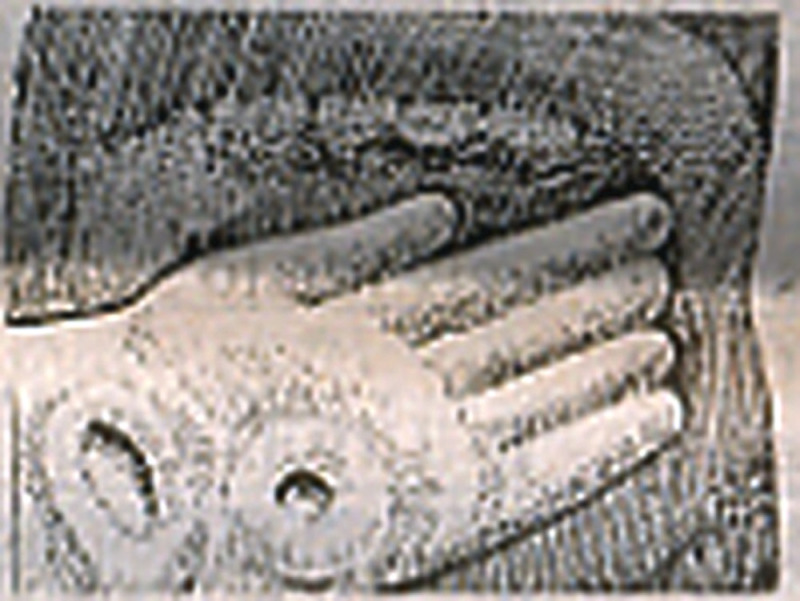
<<Drawing of a carving at the ancient city of Yaxchilán, Mexico, (by Clifford Dunston of a photo taken by David E. Johns (The Book of Mormon Archaeological Digest, V. II, Issue III, p.11, 1999)
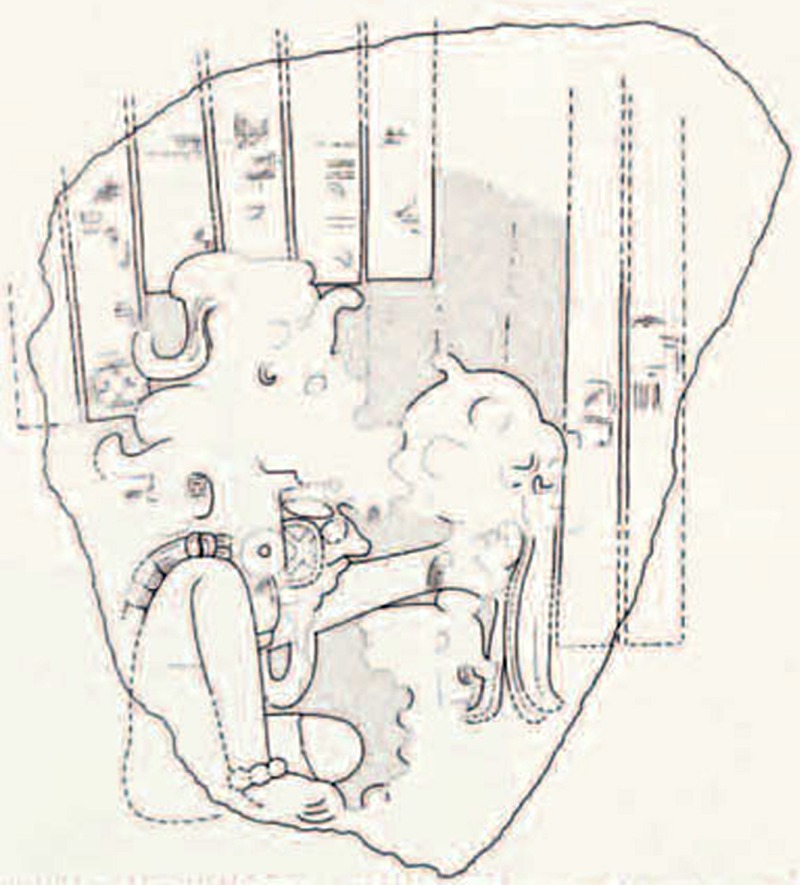 <<Drawing of a mutilated stela found at the ancient city of El Trapiche, Chalchuapa, El Salvador.
<<Drawing of a mutilated stela found at the ancient city of El Trapiche, Chalchuapa, El Salvador.
We cannot see anything in the hand.
But Note:
The hole in the wrist with lines coming out of the wrist indicating blood from a wound. (Chalchuapa, Investigations at a Highland Maya Ceremonial Center) & (Penn Museum)
--------------------------------------------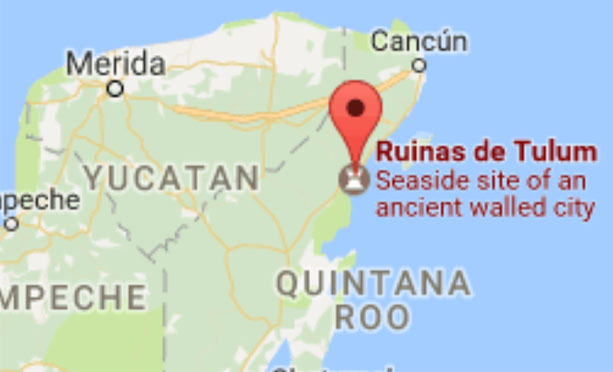
<<Hieroglyph from the pre-Columbus ancient city of Tulum, Yucatán Peninsula.
The "Earliest inscription at Tulum, [dates back to] 564 AD (Wikipedia, 2017)
<< Showing round drops representing drops of blood from a wound.
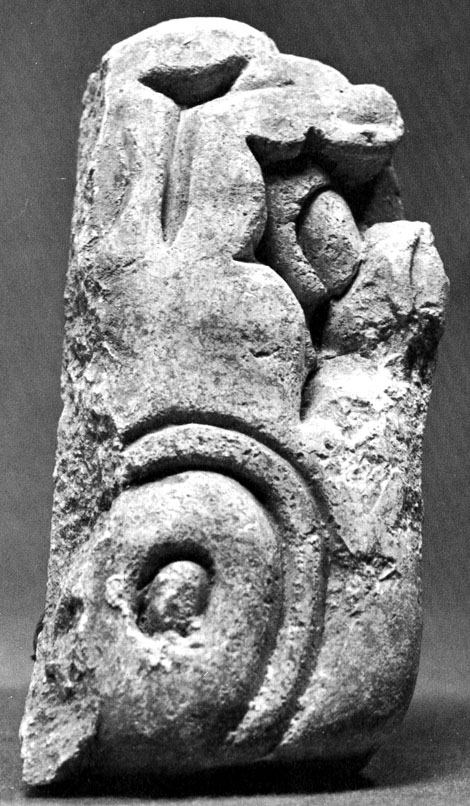 << Statue of a hand from the ancient city of Palenque, Mexico, 300-650 AD
<< Statue of a hand from the ancient city of Palenque, Mexico, 300-650 AD
<< Dated at the end of the Book of Mormon time period.
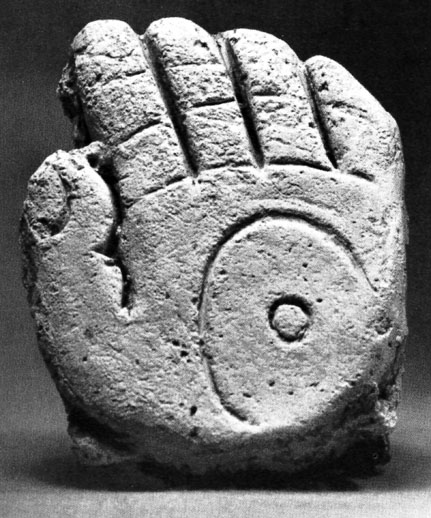 << Statue of a hand from the ancient city of Palenque, Mexico, Dated 300-650 AD
<< Statue of a hand from the ancient city of Palenque, Mexico, Dated 300-650 AD
<< Dated at the end of the Book of Mormon time period.
---------------------------
The only living God, who came down out of the sky in the pre-Columbus western hemisphere with the marks of the wounds in the palms of his hands, was the resurrected Jesus Christ as recorded in the Book of Mormon.
Jesus Christ birth was approximately 1 AD and his death and resurrection was about 34 AD
As near as my research has indicated all of these carvings and statues that have holes, or marks, representing a wound in the palm of the hands are dated pre-Columbus but post-34 AD
Not one of the buildings with these carvings on is dated before the recorded date of 34 AD, which is the date recorded in the Book of Mormon, of the coming of the resurrected Jesus Christ to the Nephites.
The event of Jesus Christ coming to the Americas was so significant that these ancient people later began to carve hundreds if not thousands of hands and statues with marks or holes in the palms of the hands. These hands with marks in the palms of the hands were a symbol of Jesus Christ visit to their early Book of Mormon ancestors.
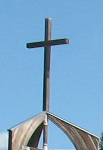
<< Just as the cross in our day is a symbol of a believe in Jesus Christ and his death.
The wounds or marks carved in the palms of the hands are a symbol of the resurrected Jesus Christ coming to Mesoamerica.
Note: The carving of a wound in the palm of the hand with the thumb and forefinger pressed together. Also note the round three round carved circles, which seem to be an indication of drops of blood from this wound. (Quiriguá, Guatemala) Dated 200 AD to 900 AD
These carvings give incredible evidence and testify to the world of living resurrected Jesus Christ coming to the western hemisphere as recorded in the Book of Mormon.
--------------------------
<< Mark of a wound in the back of the hand with drops of blood coming from the hand. (Quiriguá, Guatemala) Dated 200-900 AD
<< Hand, Stela 21 Late Classic
Tikal Guatemala, About 436 AD
<< Hand on an Alabaster jar from a tomb at the Maya city of El Perú-Waka’ northwestern Guatemala, dated about 692 AD
--------------------------
The statues and glyphs of the prints or holes in the palms of the hands date back to and at the ending of the Book of Mormon time period. Which was a time of great turmoil and war. Most of the carvings are carved in the post Book of Mormon time period.
The posterity of the Lamanites even though they had fallen away and rejected the teachings of Jesus Christ still retained knowledge of the resurrected Jesus Christ coming to the Americas. As also indicated by the Aztec ruler Montezuma as he greeted Hernando Cortes and his men.
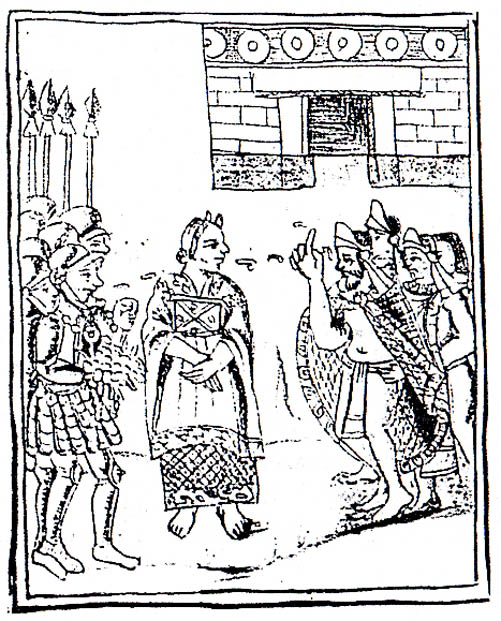 <<1560 AD Aztec Drawing of Doña Marina, in the center, translating for Hernando Cortez and Montezuma.
<<1560 AD Aztec Drawing of Doña Marina, in the center, translating for Hernando Cortez and Montezuma.
Montezuma statement when greeting Hernando Cortez “For a long time I have been expecting [you]…looking… within the clouds [for you to come]. My Lord... you have come to sit upon your throne…which I have possessed for some days in your name… come…and assume your throne…” (We People here: Nahuatl, [Aztec], Accounts of the Conquest of Mexico, p. 117, Book 12, Florentine Codex.)
Note: Aztecs Prayed for the Return of Jesus Christ
--------------------------
"... The pierced hand glyph is probably the most powerful evidence from Mesoamerican archaeology of the visitation of the resurrected Messiah to the Nephites!"
<< Shirley R. Heater, an Archaeological Anthropologist.
Shirley R. Heater, an Archaeological Anthropologist published the following:
"... when Jesus descended to the Nephites, He invited them to come forth and... thrust your hands into My side, And also feel the prints of the nails in My hands and in My feet, that ye may know that I am God of Israel and the God of the whole earth and have been slain for the sins of the world." (3 Nephi 11:14)
A "Pierced Hand" glyph called TZUTZ and meaning "to end, to complete, to finish" is used as a marker for the completion of specific time periods of the Maya Long Count calendar.
This glyph, which shows the right hand, with the index finger extended, and a hole or wound in the outer palm is associated with blood and holiness in Mayan."
"...The pierced hand glyph is probably the most powerful evidence from Mesoamerican archaeology of the visitation of the resurrected Messiah to the Nephites!"
(Pierced Hand Glyph, Shirley R. Heater, a FMAF Publication)
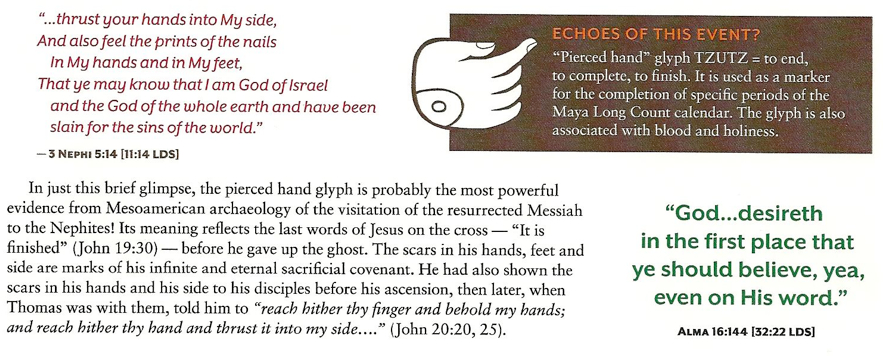
The following is an email sent from Shirley Heater to me, Phil Michel, on 8/29/16.
“As an archaeologist I'm well aware that secular archaeologists refute this interpretation and interpret it as a flower or mirror. However, translation of the glyph meaning, 'it ends,' 'it is finished,' is undeniable.”
“…I spend much time studying archaeological evidences and geography with possible locations of Book of Mormon events…the most important is the message of Christ's visitation after His resurrection and I believe the pierced hand glyph is direct evidence.”
“…the hand glyph…is astounding!
Even though most of the hand glyphs are after the end of The Book of Mormon period, the impact on the Lamanites seems to have carried down through the centuries.”
----------------------
Shirley R. Heater stated the following:
"...the pierced hand glyph is probably the most powerful evidence from Mesoamerican archaeology
of the visitation of the resurrected Messiah to the Nephites!"
"In all of my research I would have to agree with Shirley R. Heater's above statement." - (Phil Michel)
----------------------
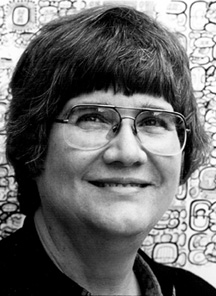 << Linda Schele
<< Linda Schele
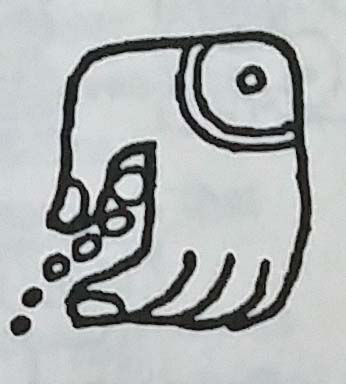 << "...the "ch'ul" or "k'ul" glyph [pronounced ch-ool] of a hand with circles and smaller circles which represents drops of blood [identified by epigraphers] coming from the hand. The meanings attributed to the glyph are "holiness," "sacred," "holy lord" and "divine"--when applied to a person." (Linda Schele- An expert in the field of Maya Epigraphy & Iconography)
<< "...the "ch'ul" or "k'ul" glyph [pronounced ch-ool] of a hand with circles and smaller circles which represents drops of blood [identified by epigraphers] coming from the hand. The meanings attributed to the glyph are "holiness," "sacred," "holy lord" and "divine"--when applied to a person." (Linda Schele- An expert in the field of Maya Epigraphy & Iconography)
Linda Schele was not a member of the Church of Jesus Christ of Latter-day Saints. She stated the following; "...the drops most often represent blood...now we know the sign is ch'ul. As a term for "holiness..." (Linda Schele, Workbook for the XVIth Maya Hieroglyphic Workshop at Texas, March 14-15, 1992, p. 39, 41, 42, 61)
Linda Schele also defined these various hand glyphs as follows:
"holiness", -- "his accession", -- "he scattered blood", -- "white...God", -- "the white deity..." -- "pure man" -- "to take office" -- "an act that occurred at accession" -- "Holy...Lord" -- "was completed"
--------------------------
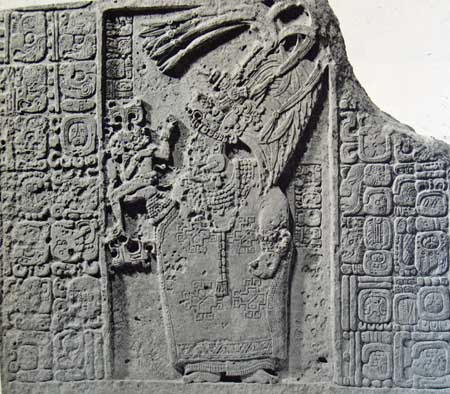
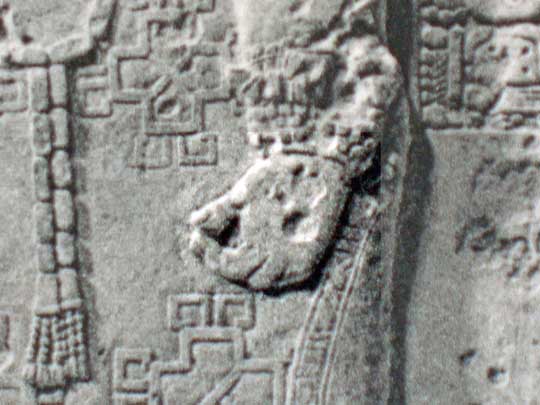 << A Carved Lintel, from the Usumacinta region, (Piedras, Negras or Yaxchilan) Dated approx. 795 A.D., made out of Limestone the Height is 23 inches. "The last three glyphs on the lower right side of the slab indicate the latest of the dates carved 975 A.D."
<< A Carved Lintel, from the Usumacinta region, (Piedras, Negras or Yaxchilan) Dated approx. 795 A.D., made out of Limestone the Height is 23 inches. "The last three glyphs on the lower right side of the slab indicate the latest of the dates carved 975 A.D."
It appears from the above carving that, so as to add perhaps prestige, power, and the authority that only a god would have. These pre-Columbus Mesoamericans carved, on one of their famous leaders, a hole in their hand.
Why would they carve a hole in the hand?
Why? Because these pre-Columbus people, still retained a small understanding even though it was an apostate understanding, they still retained an understanding behind the importance of the wound from the prints of the nails in the palms of the hands of a God, who had visited their earlier Book of Mormon ancestors.
--------------------------
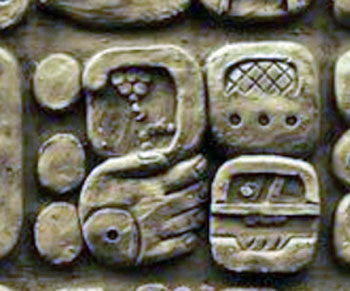
<< Hand Glyph from Mixco Viejo in Guatemala, Dated Approx. 900 AD
--------------------------
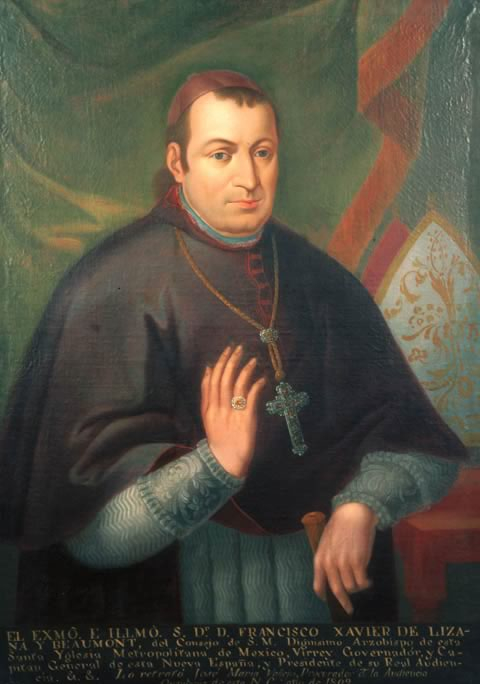 << Bernardo de Lizana, 1581-1631
<< Bernardo de Lizana, 1581-1631
The 17th Century Spanish historian Father Bernardo de Lizana recorded that:
"the Maya, represented the great God of heaven, by the symbol of the hand, because with his powerful hands he had performed many powerful miracles amongst the people to include healing the sick." (Fray Bernardo de Lizana's Devocionario de nuestra Señora de Izamal y Conquista espiritual de Yucatán 1633 AD ) (Historia de Yucatán: Devocionario de Ntra. Sra. de Izmal y conquista espiritual, by Bernardo de Lizana, Museo Nacional de México)
"At the same time they carried their dead to him and he brought them back to life, and the sick got well, and for this he was greatly venerated, [treated with reverence], and with reason, for if it were true that he was a Son of God, who only can give life to the dead, and health to the sick, since it is impossible for an ordinary man, nor the demons, but only the same God [whom the Christians worship], who is the Lord of life and death." "The people . . . said he resurrected and cured them" "
In speaking of the death of Itzamna, or [Quetzalcoatl], Father Lizana wrote:
"Thus passed Itzamna, this reputed Son of God—perhaps our Christian God under another name, and the Itzas believed that his soul went to dwell with his Heavenly Father." (Bernardo de Lizana, cited in T. A. Willard, Kukulcan the Bearded Conqueror,., pp. 151-152 & 148-149) In Spanish >> (Historia de Yucatán: Devocionario de Ntra. Sra. de Izmal y conquista espiritual, by Bernardo de Lizana, Museo Nacional de México)
Note:
"...I ascended unto my Father and your Father, and to my God, and your God." (John 20:17)
"...I must go unto my Father..." (3 Nephi 18)
...
--------------------------
....
